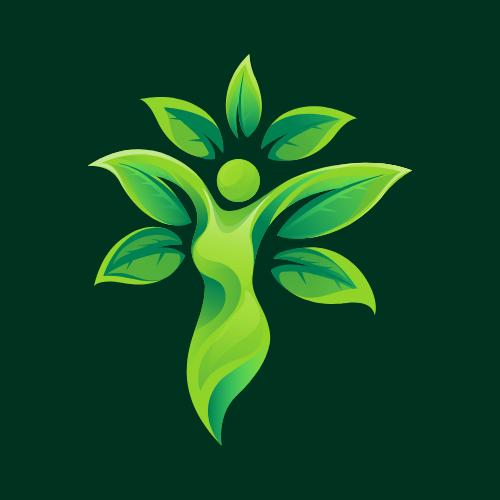“Nature itself is the best physician.” – Hippocrates
Have you ever wished you had a natural first-aid kit right in your backyard? Isn’t it amusing to even think about it? Growing healing herbs at home is not only easy but also empowering and ready to use. These plants have been trusted for centuries to soothe everyday health concerns and help in bodily functioning—from calming stress to aiding digestion and boosting the immune system. Healing herbs are all around in every field. Best of all, they thrive in small spaces, whether you have a big garden, balcony pots, or even sunny kitchen windowsills.
In this blog, we’ll explore 7 powerful healing herbs you can grow at home, their benefits, and how to use them safely.
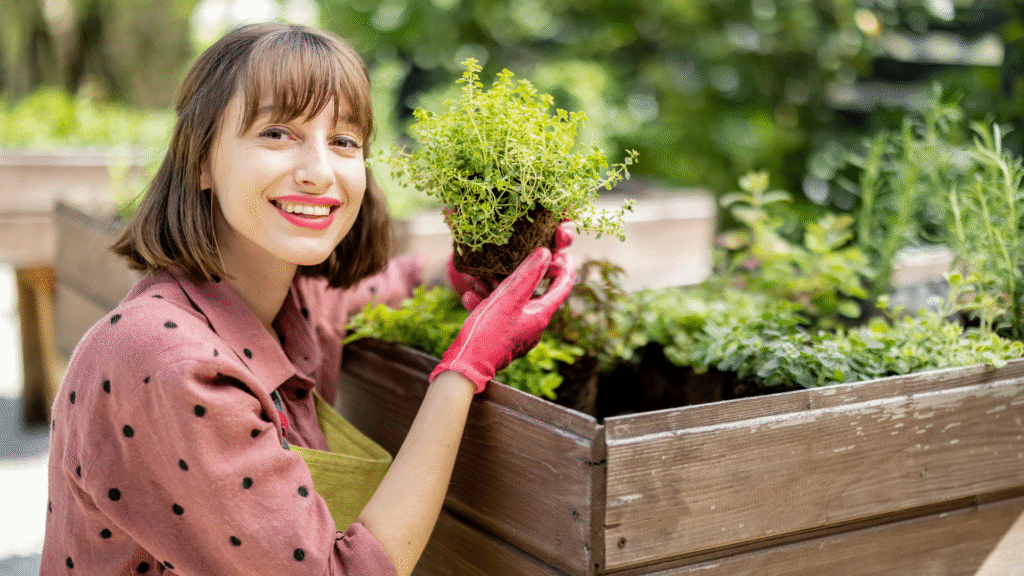
Table of Contents
- 1. Aloe Vera – The Skin Healer
- 2. Peppermint – The Cooling Digestive Aid
- 3. Lavender – The Stress Reliever
- 4. Chamomile – The Gentle Healer
- 5. Holy Basil (Tulsi) – The Immunity Booster
- 6. Rosemary – The Memory Herb
- 7. Echinacea – The Cold Fighter
- 8. Tips for Growing & Using Healing Herbs
- 9. FAQs About Healing Herbs at Home
- 10. Final Thoughts
Aloe Vera – The Skin Healer
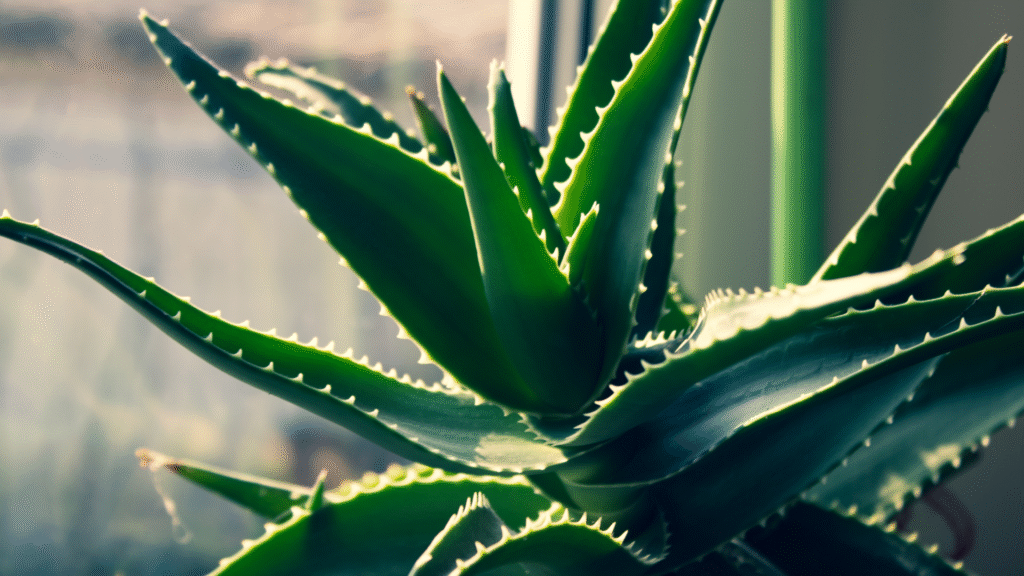
- Benefits: Soothes burns, heals cuts, hydrates skin, and eases digestive issues. It’s very beneficial for everyone and it doesn’t have side effects, but excessive use of anything causes problems, so use them moderately.
- How to Grow: Thrives in pots with well-drained soil and plenty of sunlight. you can directly plant it in soil if u have a backyard or lawn.
- Home Use: Apply gel directly on burns, acne, or dry skin you can also consume after soaking it in water. One tablespoon is enough to consume.
Peppermint – The Cooling Digestive Aid
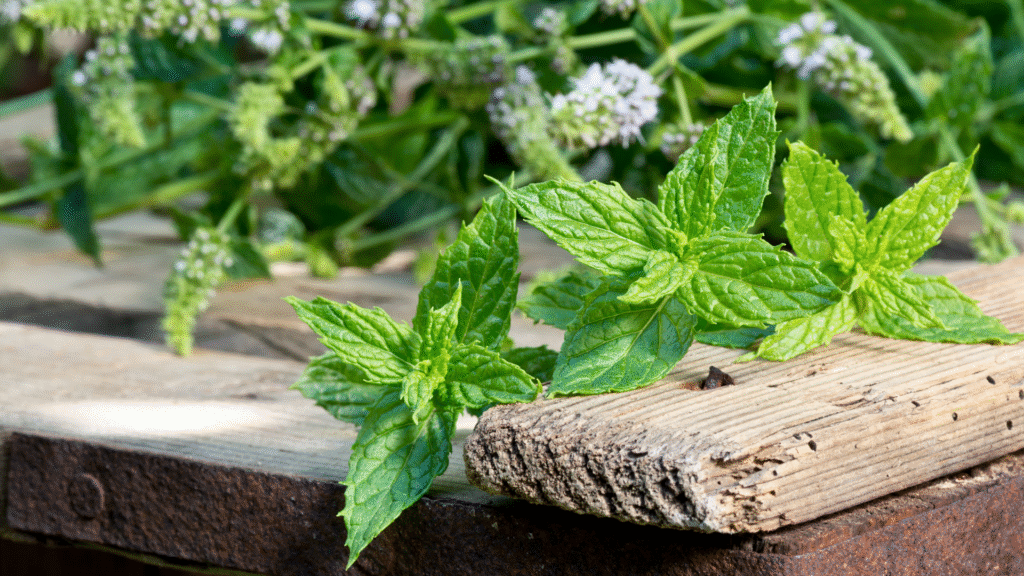
- Benefits: Relieves bloating, indigestion, headaches, and congestion. Even its smell is refreshing and calm our body and mind.
- How to Grow: Grows rapidly in partial shade. Best to keep in a pot to prevent spreading and good thing is that it grows everywhere under the sunlight and proper watering.
- Home Use: Brew as tea or crush leaves to inhale for sinus relief and it’s also very effective for weight loss.
Lavender – The Stress Reliever
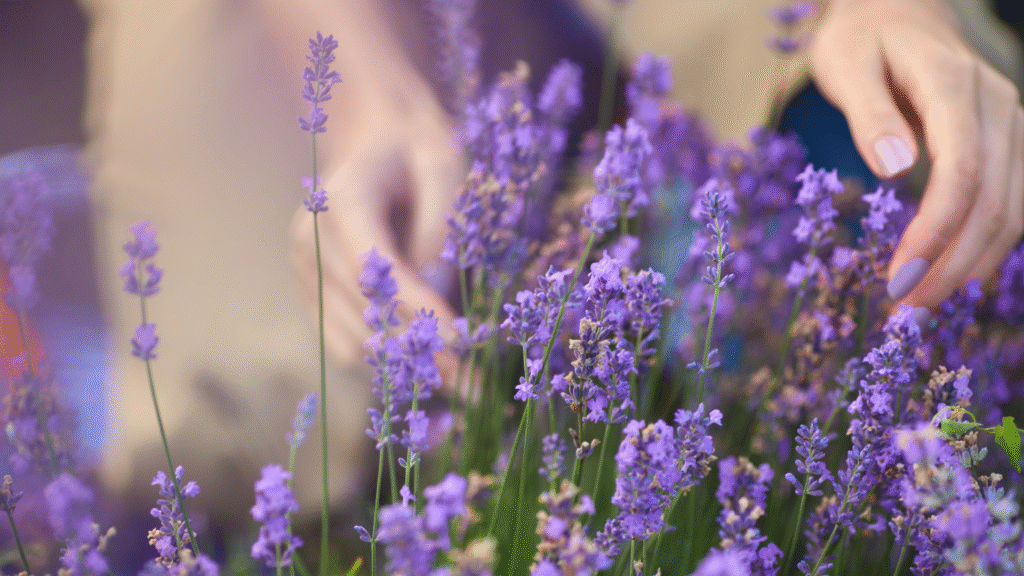
- Benefits: Reduces stress, improves sleep, eases headaches, and heals minor wounds. It’s a natural healer with many advantages; some of us just think of it as a simple flower without knowing its full potential.
- How to Grow: Needs full sun and well-drained soil. Keep them in mind, and your natural healer is ready to grow.
- Home Use: Use in teas, sachets, or essential oil infusions. It’s also highly used in aromatherapy.
Chamomile – The Gentle Healer
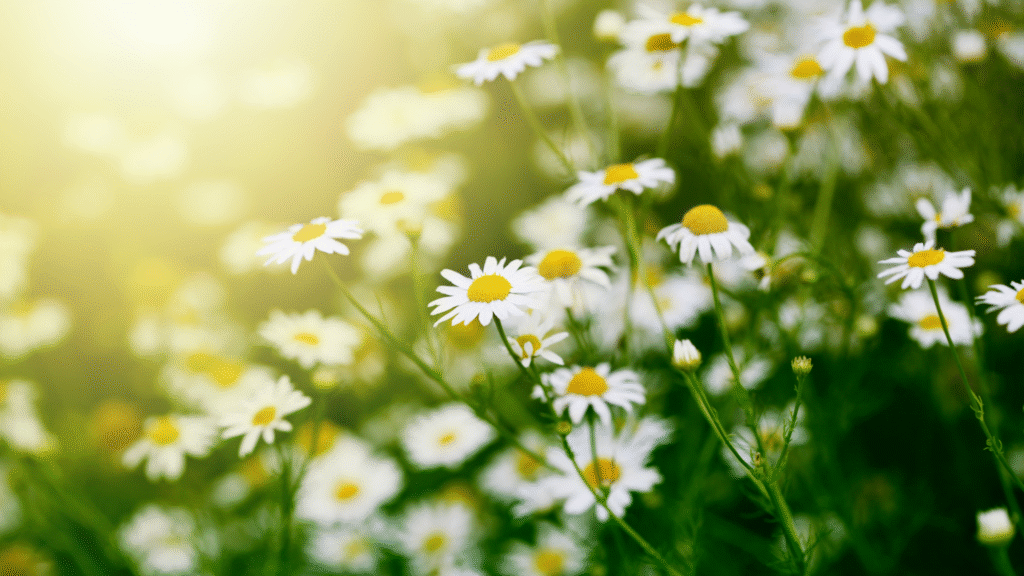
- Benefits: Promotes better sleep, calms anxiety, and reduces stomach cramps. Cramps are troublesome, so there is all the more reason we have to plant it to get rid of them.
- How to Grow: Prefers cool conditions and full sun. Easy to grow in pots.
- Home Use: Make calming tea with dried flowers.
Holy Basil (Tulsi) – The Immunity Booster
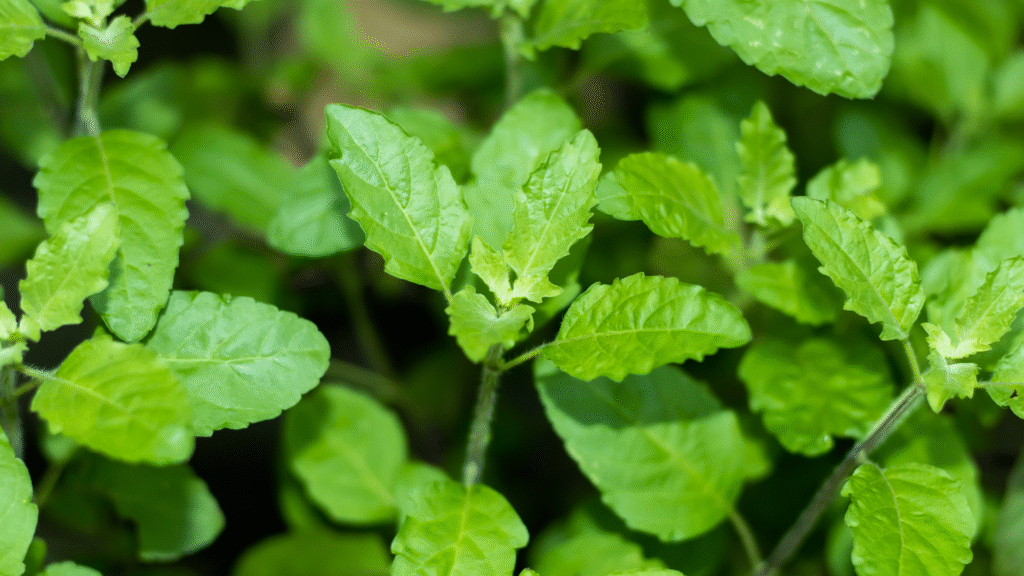
- Benefits: Strengthens immunity, reduces stress, and also balances blood sugar, which provides energy to body cells and prevents serious health issues.
- How to Grow: Thrives in warm climates with regular watering. Just a little care, and you’ll enjoy its benefits.
- Home Use: Brew tulsi tea or chew fresh leaves for immunity support.
Rosemary – The Memory Herb
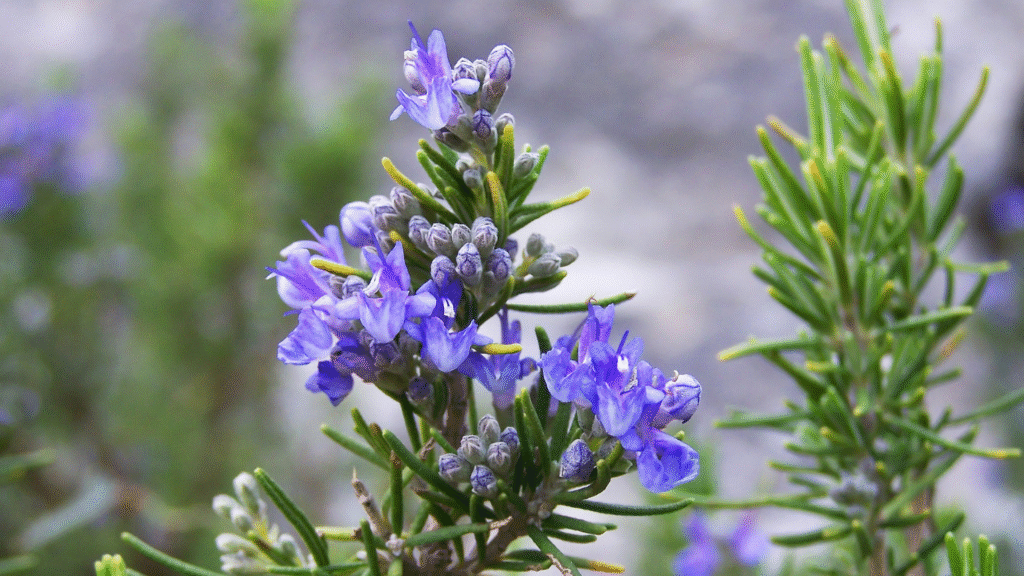
- Benefits: Improves memory, boosts circulation, and relieves muscle pain by making our lives easier.
- How to Grow: Loves sunshine and well-drained soil, so make sure to keep the soil moist or it’ll die.
- Home Use: Use in teas, oils, or as seasoning in meals.https://heathyhabit.online/
Echinacea – The Cold Fighter
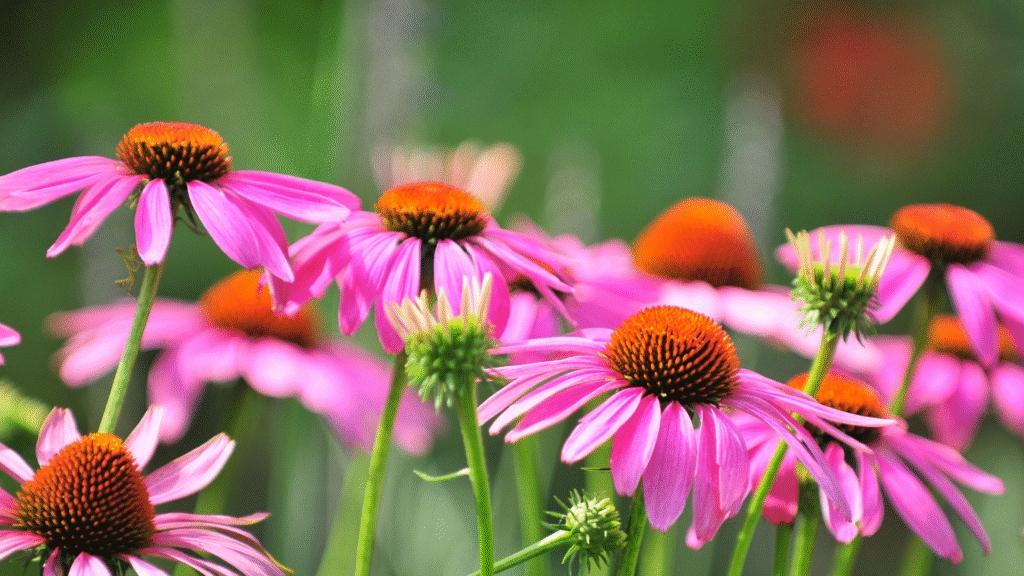
- Benefits: Prevents colds, speeds recovery, supports wound healing, it helps a lot in areas with cold weather, preventing colds to keep us warm and healthy.
- How to Grow: Thrives in sunny gardens, resistant to pests as we all know, pests are the troublemakers.
- Home Use: Use dried root or flowers in teas or tinctures.
Tips for Growing & Using Healing Herbs
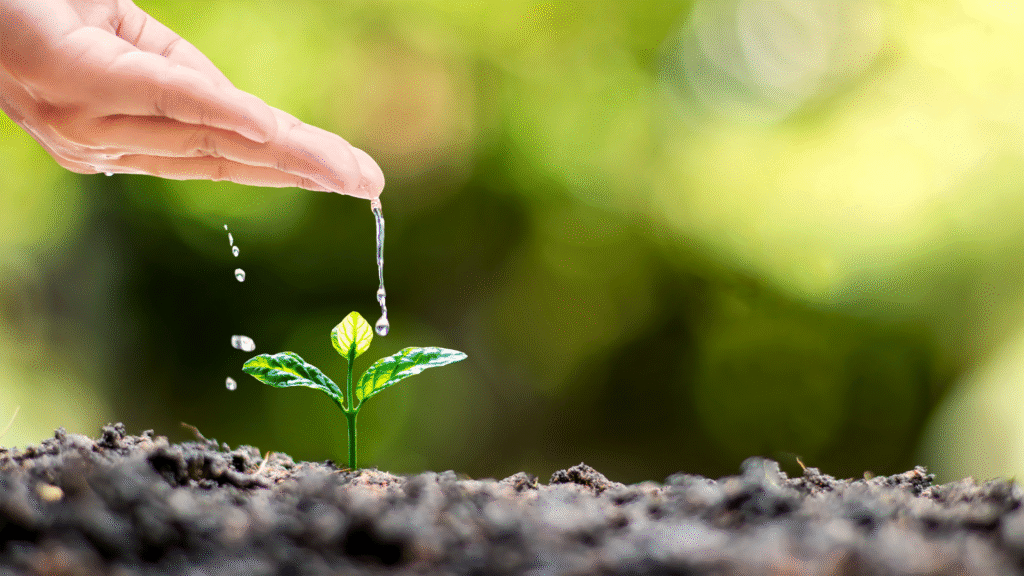
- Start with 2–3 easy herbs if you’re new to gardening, they are easy to grow.
- Always harvest gently to encourage regrowth.
- Learn safe dosages—herbs are powerful, so moderation matters.
- Consult a doctor before using herbs if you’re pregnant, nursing, or on medication.
Final Thoughts

Growing your own healing herbs means you’ll always have natural remedies at your fingertips, and they are very useful in most cases. They save money, reduce dependence on over-the-counter medicines, and connect you with nature’s wisdom without causing side effects. Whether it’s calming stress with lavender, soothing digestion with peppermint, or boosting immunity with tulsi—these plants are nature’s pharmacy at home and keep us healthy for a long period of time.https://www.urmc.rochester.edu/
FAQs About Healing Herbs at Home
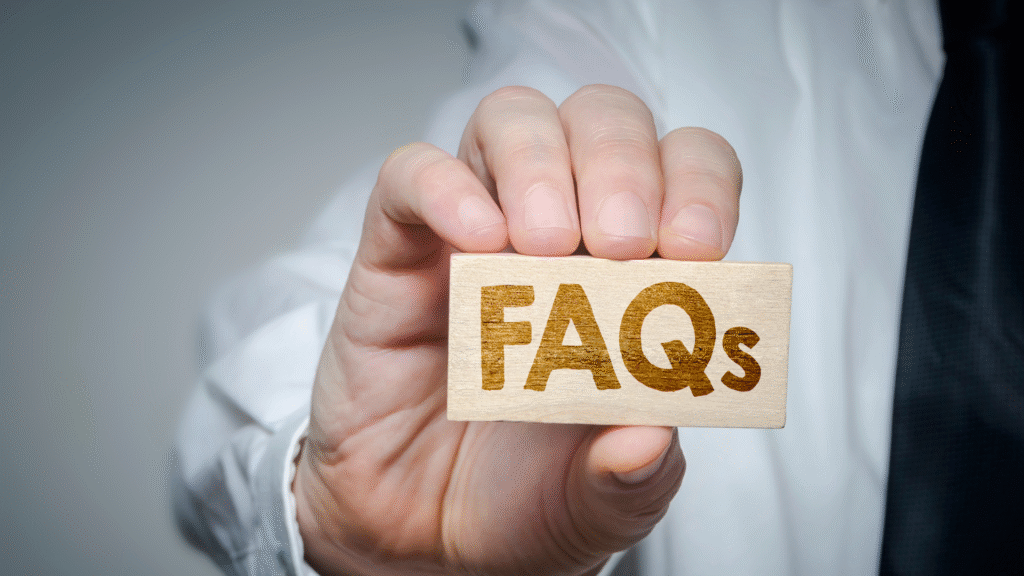
1. Which healing herbs are easiest to grow at home?
Mint, aloe vera, and tulsi are the easiest to start with, as they need minimal care and grow quickly.
2. Can I grow healing herbs indoors?
Yes! Many herbs, like aloe vera, peppermint, and rosemary, thrive in pots near sunny windows.
3. Do healing herbs replace medicine?
No. Herbs are supportive remedies, not substitutes for prescribed medication. Always consult your doctor for serious health issues.
4. How often should I harvest herbs?
Harvest herbs regularly but avoid cutting more than one-third of the plant at once to ensure healthy regrowth.
5. Are there any side effects of using healing herbs?
Some herbs may interact with medications or cause allergies. Use them in moderation and seek medical advice if you have health conditions.
👉 Start small, nurture your plants, and enjoy the healing power they bring to your daily life.
